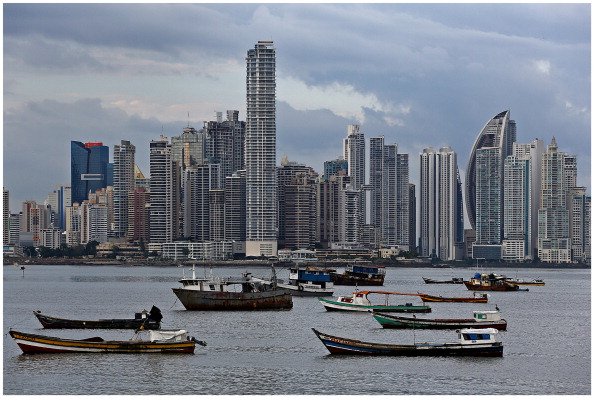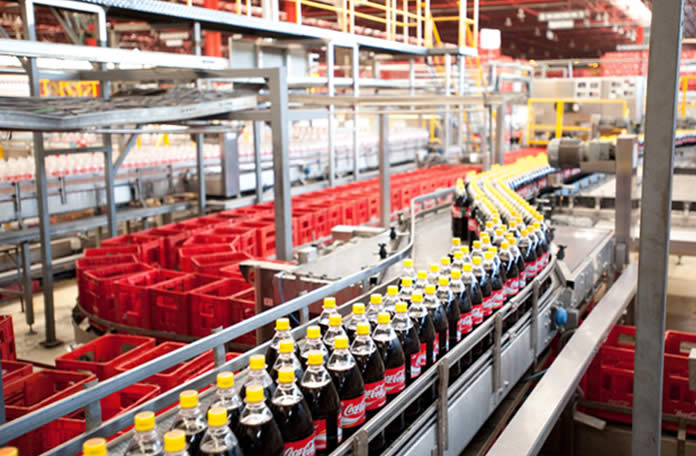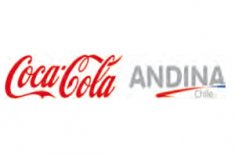 Panama is currently in the middle of an economic boom, and it’s easy to see. With a sustained average annual growth rate of nearly 9%, the country’s per capita GDP has doubled over the last ten years, catapulting them ahead of nearly every other economy in the region. In a nutshell, they have set the standard model for economic development in Central America, and look to sustain this growth long-term. But what’s driving the growth, and what plans do they have to sustain it?
Panama is currently in the middle of an economic boom, and it’s easy to see. With a sustained average annual growth rate of nearly 9%, the country’s per capita GDP has doubled over the last ten years, catapulting them ahead of nearly every other economy in the region. In a nutshell, they have set the standard model for economic development in Central America, and look to sustain this growth long-term. But what’s driving the growth, and what plans do they have to sustain it?
This most recent growth performance has been driven by steady investment, both public and private, in a well-supported atmosphere of state-regulated economic stability, paired with wise financial policies. According to the IMF, in its latest economic assessment of the Central American nation, this has a lot to do with the Panama Canal expansion, as well as a massive construction boom, and large public infrastructure projects. In 2012, real GDP growth was estimated as high as 10.7%, according to the same IMF report.
Another reason for betting on sustained future growth has been strong macroeconomic stability, highlighted by full dollarization, as well as domestic services expansion around both the Canal Zone, and the Colon Free Zone. The Colon Free zone, which sits at the top of the Canal, has become a major area for trade, helping to boost international and domestic commerce by removing restrictions and excess taxes. According to the IMF, wise fiscal consolidation has also helped bring gross public debt to 39.2% of the nations GDP in 2012. This is a drastic drop compared to the 66.2% it was at a mere 8 years ago, in 2005.
Combined with strong growth and a sound financial sector, these number lead to Panama obtaining its positive investment grade in 2010. The country was also given a recent upgrade by Moody’s, making it one of the highest rated emerging markets, and putting it in the same class with countries like Mexico, Brazil, and Peru. And despite a global economic crisis and turbulent marketplace, Panama has remained resilient, with low reliance on wholesale funding, and high capital and liquidity ratios.
The year 2013 is shaping up to be hot one for investment on the isthmus, with many companies staking their claim in the burgeoning boom of Panama’s prosperity. The small country has a lot to offer, and if they stay on course, should have a great economic future based on stability, sound policies, and good investments.
To connect with the top companies, executives, and decision makers in Panama and throughout Latin America, contact us today, and find out how Latin Target can help you. What is Latin Target? Find out at www.latintarget.com




 Coca-Cola’s $1.3 billion investment into the South American nation is a good sign for other companies looking to invest in there. Stable, sustained growth, something that had long eluded many Latin American nations, appears to be on the horizon for Chile, which is going through their biggest economic boom in decades. And the market for consumer goods in the greater region appears ready to explode, with both the World Cup and Olympics coming to Brazil in the next few years.
Coca-Cola’s $1.3 billion investment into the South American nation is a good sign for other companies looking to invest in there. Stable, sustained growth, something that had long eluded many Latin American nations, appears to be on the horizon for Chile, which is going through their biggest economic boom in decades. And the market for consumer goods in the greater region appears ready to explode, with both the World Cup and Olympics coming to Brazil in the next few years.